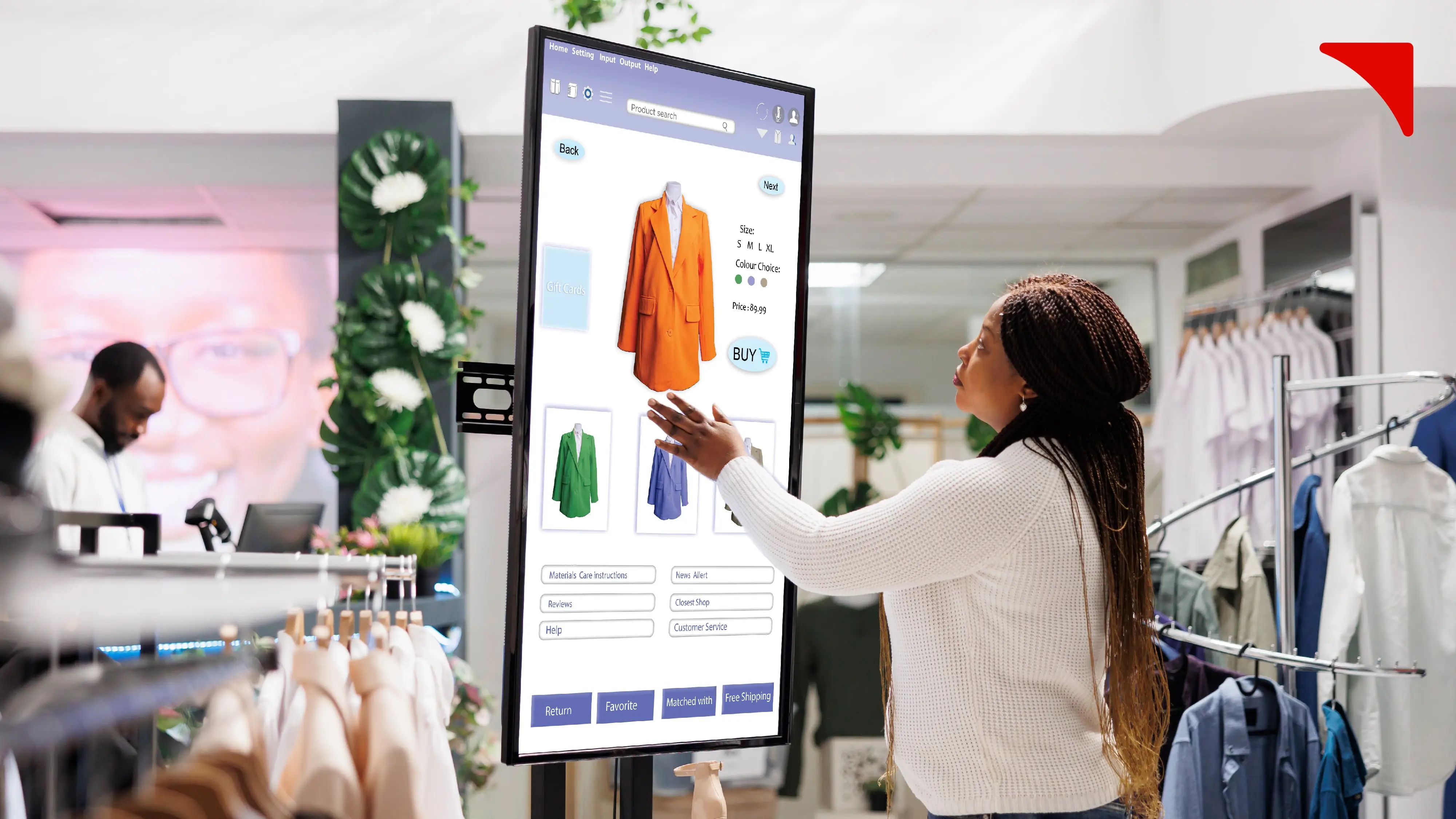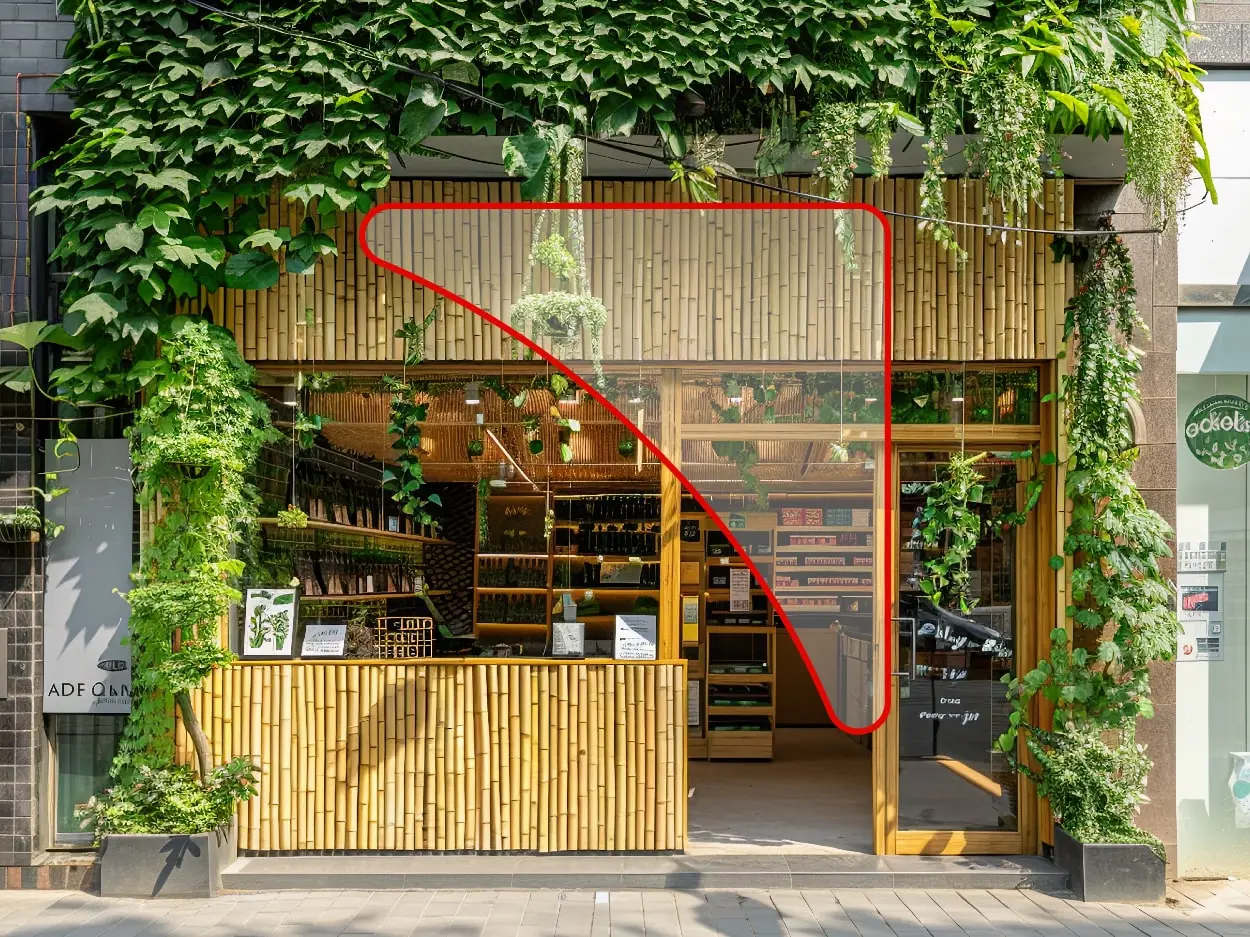SHOULD VISUAL MERCHANDISING BE MORE THAN WHAT MEETS THE EYE?

The evolving role of visual merchandising
Visual merchandising has been the bread and butter of retail identity. Time and again, it has proven to get more feet in the door, keep those feet in, and influence their choices.
However, the winds of change have blown the status quo of visual merchandising. In a bid to mirror cultural, technological, and economic shifts, visual merchandising should incorporate more aspects into its domain than just beauty.
Retail brands are being considered more than just a place of commerce. The consumers of today want more than just their groceries, they want to engage with a brand that also reflects their values, be it sustainability, local authenticity, or immersive experiences.
The shifting winds, conjured by shifting consumer preferences, has forced retail brands to create visual merchandising strategies that match their customer values.
Filling neglected trend curves

Neglected trend curves refer to those trends who are, either, overlooked or under explored - like a more conscious visual merchandising experience like biodegradable decor and nature-mimicking surroundings to inclusivity in their visuals, often including cultural and geographical motifs of the region.
Sustainability, as an example, is extremely important in the world that we live in today. Retailers are now turning their stores and products around to meet expectations and are conveying their story with a spoonful of modern sensibilities.
Leveraging consumer insight for enhanced visual merchandising

While trend curves suggest an overarching direction taken by the industry, consumer insight is like a microscope, providing a peek into a niche’s behavior, preferences and expectations. Keeping the design up-to-date is good, but in a world that appreciates personalized experiences, visual merchandising requires a thorough study of their primary audience.
And in a bid to stay ahead of the curve, retailers are responding to this shift, by relying more on data-driven insights to sculpt their visual merchandising. Retailers start off with customer analysis and segmentation and move further down the funnel, looking into buying behavior, drivers and emotion, down to the way their customers move around, and react to the elements in the store, thereby creating a more tactile and sensory experience.
Visual merchandising strategies to address the gap

In order to bridge the gap between retail identity and customer expectation, businesses are embracing novel visual merchandising strategies, like:
1.) Sustainability: With consumers associating with the ideals of environmental consciousness , businesses are integrating sustainable design into their visual merchandise to reflect their consumers’ ideologue. United Colors of Benetton revamped their store by building everything - flooring, shelves, mannequins, etc, from recycled materials - river gravel and reclaimed wood, all while ensuring that their energy requirements are down to a minimum.
Their shop establishes a benchmark in eco-friendly retail, showcasing how businesses can lead the way into a more responsible world, all while improving their retail experience.
2.) Inclusivity: Inclusivity and equality are some of the strongest drivers that lead the consumers to action and brands are realizing the importance of aligning their visual merchandising identity with an increasing number of customers. Nike spearheaded the body positivity movement by installing plus-size mannequins inside their exclusive brand outlets. The decision to install inclusive mannequins can post the desire of representation and a sheer lack of inclusion of certain body types.
The increase in association of consumers with Nike’s ideals highlighted a gaping hole within clothing industries, the gaping hole being portrayal of certain body shapes, sizes, and backgrounds.
3.) Interactivity & immersive: As retail businesses are embracing an interactive and immersive future, visual merchandising needs to embrace the change as well if it needs to capture the attention. Sephora incorporated interactivity by using Augmented Reality, in the form of a facial recognition algorithm, and created a tailored experience for every consumer by letting them digitally test their products before making a purchase.
Sephora reported an increase in customer convenience and satisfaction through the use of tech, which in turn drove their revenue as a result of a highly engaging and interactive environment.